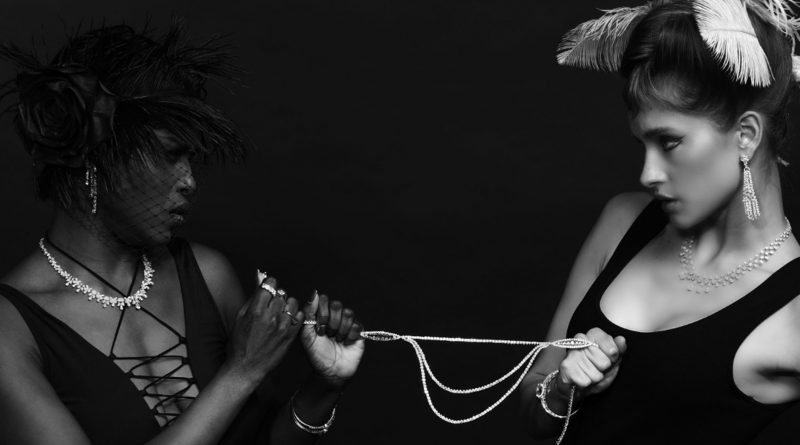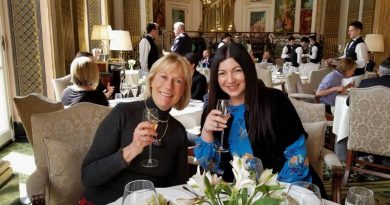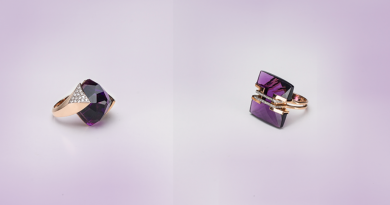Future of Brands & How Consumer Behavior Will Change
Future of Brands & Change in Consumer Behavior
The Greek philosopher Heraclitus once said, “Change is the only constant in life”. Everything and anything has become unpredictable now with what is going on in the world. From social distancing to increase of sales for surgical masks and hand sanitizer, who knows what will happen next! Markets are constantly changing and brands are trying to keep up in the best possible way. With COVID-19 on the rise, brands are trying to find the best possible way to stay in contact with their most loyal consumers yet ensure the safety of their company and employees. Despite with what is happening today, change is always occurring from disruption due to technology shifts, digitization, young millennials, Gen Zers, and shifting consumer preferences. These shifts in the market will never go away. This has become the “new normal”. So what lies for the future in brands and how will consumer preferences impact this?

COVID-19 has presented both danger and opportunity in brands. Countries around the world suffer in the darkness waiting to hear of the next procedures to take place. Going back to the SARS virus, “Digital players like JD.com and Alibaba became dominant players when China was hit…Social shopping became the norm, and digitally-savvy key opinion leaders (KOLs) became leading forces in shaping consumer preferences” (“How Brands Must Change For a New World Order”). With what is going on today, the digital aspect of consumer buying can prosper. With social distancing, what else do people have to do besides work remotely from home and go online to see the latest deals? People are already used to working remotely, browsing, and shopping online. This gives brands the opportunity to take advantage of online usage and reach out to consumers.
It is imperative for companies to stay focused and make the right decisions that will affect their company for the greater good. They have to be ready when markets reopen, consumers transition from pessimistic behavior to optimistic, and consumption bounces back. While it is always good for designers and brands to keep to their style, it is also essential for the innovation teams to continuously reinvent themselves. After all, they are the driving forces behind the creative output of the brand. Identity is important in terms of connecting with people rather than artistry in the digital world. It is a transition of becoming both listeners and influencers – combining the two and becoming as one. Leading the charge in rapid change for marketers is no doubt social media. Social media is an important platform when it comes to this, designers and stylists can come together and express themselves. (“How Brands Must Change For a New World Order”).
This makes one think, how influencer marketing can continue to reign in unprecedented times like this. According to a report published by Izea, an influencer marketing company, stated that “despite increased social-media usage, the prices paid per post on all social media may fall dramatically in the short term and continue to drop, depending on the length of the coronavirus outbreak and its overall impact.” (“How The Coronavirus Is Changing Influencer Marketing Creator Industry”). We believe the social media boom will soon dematerialize, causing a major disruption to how we’re used to using the platforms and viewing Key Opinion Leaders (KOL). Similarly, the fascination with celebrity placements and endorsements will soon die down as people will become less interested in materialistic ideologies but rather how empathetic they are towards global issues. Brands will be on the run to adapt and change instantaneously to keep up with the next big thing as they try to generate revenue during this economic turmoil.
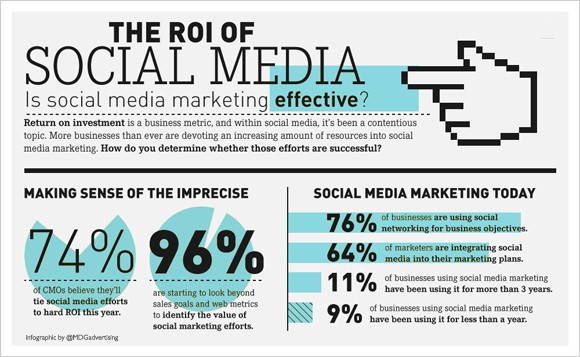
Demographic shifts and technological advancements, global connectivity, and emerging markets are vital when it comes to brands adapting to change. Brands are hesitant to change because they rely on consistency. With adapting, they tend to shrivel away. Brands have to take advantage with what social media has to offer! It “provides brands with the engagement platform to stay constantly abreast and relationally connected to a shifting target audience. Research and big data and analysis will also play a larger and larger role as brands keep tabs on customer behaviors, motivations, intents, habits, and the like” (“Brands Must Change to Stay Consistent”).
Authenticity intrigues Gen-Z consumers as they have a lack for sniffing out brands who are lacking inauthentic vibes through digital content. The only solution designers have for this is to evolve further, as they aren’t able to detach from digital reality and be successful. They need to know what’s going on in the world and understand these rapid shifts in consumer sentiment. These tools are and will be indispensable to designers of the future and take cultural sensitivity to new level. Real-time social media tools “allow us to find exactly the right tone, message, and products” (“How Brands Must Change For a New World Order”). With what’s going on today, cultural sensitivity has evolved into contextual sensitivity. Fashion designers, innovation teams, brands, and companies need to move fast, stay relevant, and audit their current capabilities and ask themselves if they are prepared for a contextual sensitivity-driven society.
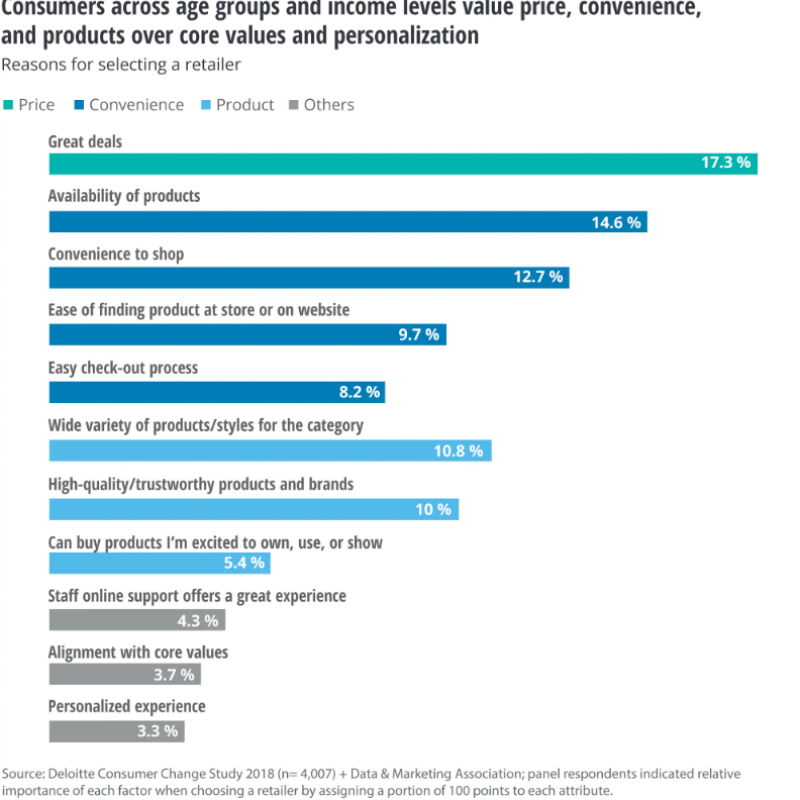
Mark Di Somma, a Brand Strategy Insider, believes that there are five questions that brands should be asking themselves in regards to their future:
“Is there an exciting idea that you can expand into that will give your brand a bigger license to operate? Why will your interpretation of that new idea be distinctive from what others are doing there now or where others may wish to go with a similar idea?
What does your new idea open up that you have never seen before? How will the business cope with that, and how quickly? How will consumers adjust to that, and how quickly?
What are you trying to preserve? And is that what consumers want for themselves and from you?
What’s your timeframe for change – and how did you arrive at that? Is it based on what you feel comfortable with or what the market will demand?
If you are making rapid changes because your current idea is quickly losing relevance, why were you caught off-guard? Did you not see the warning signs, was everyone in the senior management team playing ostrich or have things moved so fast that you were simply overtaken? And given that, how will you ensure the brand you will be won’t be subject to the same vulnerabilities?” (“Brands Must Change to Stay Consistent”).
Consumers will successfully bond with a new identity if they find similarities in products already associated with the brand. A symbol, for instance, can still represent similar qualities of the old brand but can still present distinctive and unique characteristics as before. Continuous development and refinement allows a brand to be distilled to its purest form. Brands should never fear change! Rather, brands should take the opportunity to develop their identity for the greater good of the company.
Augmented Reality (AR) and Virtual Reality (VR) will become key technology resources for e-commerce business in the future. As countries face lockdowns, brands and retail stores are facing extreme difficulties. Consumers are directed to their online sites to browse and shop. With the help of AR and VR, users can explore virtual showrooms, virtually visualize products, help customer engagement, provide a personalized experience and enable new marketing methods. Over the past few years, consumers have shown a positive response towards AR and VR technologies, now more than ever brands will need to adopt them in their businesses to provide customers a holistic experience. (“3 Ways Virtual Reality Will Transform eCommerce”). We foresee more prominent crossings between brands and new emerging online platforms. Leading e-commerce platforms will have more competition as the world of online shopping grows and expands rapidly. Secondary markets such as pre-loved items, reselling of branded goods and rental will disrupt the chain of consumption like we are accustomed to right now.
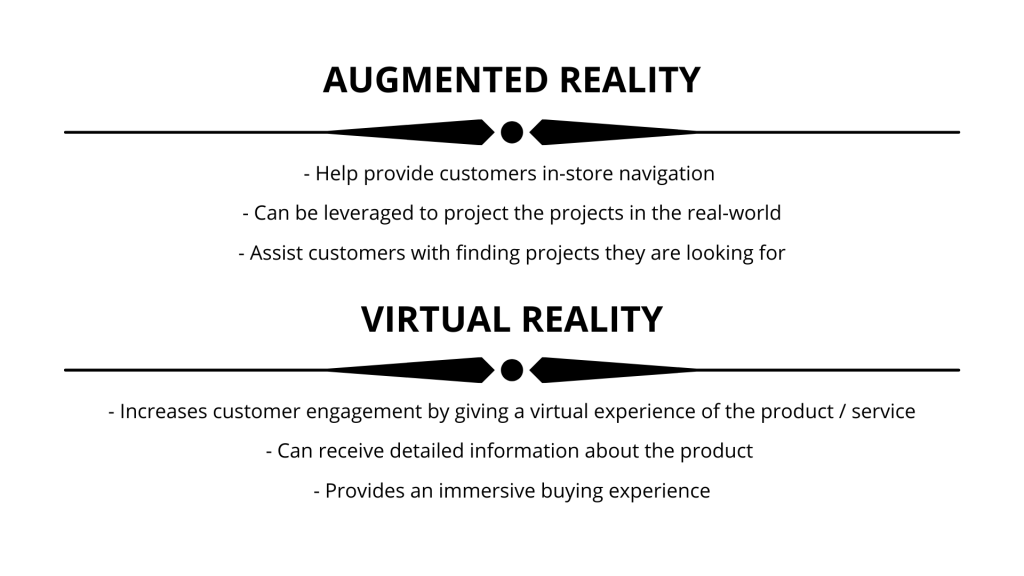
While we try to understand consumer behavior, it is important to infer to how the past 3 months have changed the face of “luxury”. Since the coronavirus outbreak, posts about eco-consciousness and self-reflection have amplified on social media. No one anticipated such a pandemic to start, furthermore the economic crash it brought. Disasters such as climate change, extinction, drought and bushfires were just ‘another’ disaster until this disaster started affecting thousands of communities and cities. Consumers are showing more compassion towards ways of implementing sustainable practices. This whole process has accelerated the understanding of the aftermath of unbridled consumerism. (“Consumer Sentiment Will Define A Post-Coronavirus China”)
“Pause & Reflect” – an idea that seemed impossible in the kind of life we lived up until the outbreak, is teaching consumers and businesses that now is the time to change. We believe consumers will push for more environmental friendly products and services. Businesses will involuntarily have to be clear and transparent to thrive. Bandana Tewari, a Fashion Journalist and Sustainability Activist believes, “Sustainability will now be an act of conscious living, whereby we acknowledge that ‘more and more,’ ‘faster, not fewer’ and ‘bigger is better’ will not sustain anymore.
Factors including but not limited to localization, fair trade, supply chains, and production will become more pressing matters for businesses. We believe that local, homegrown companies will pave the way and current giant conglomerates will be underplayed. As uncertainty prevails over how long COVID-19 will last, the globalized world we have gotten so used to could come to a halt. The crisis will not accelerate the online business, as we know it. The import export businesses will be impacted, compelling consumers to shop locally.
Just as no one expected a pandemic in 2020 to change the face of how we lived and consumed, a big takeaway from this chaos is change. Businesses will continue to adapt and remodel its conventional practices that align with the consumers feelings, needs and wants. The luxury industry upended by coronavirus, will be challenged to create opportunities for businesses in post-virus economy. Until now, brands used to dictate to consumers from a position of power but now we see a shift. Are brands ready to adapt to this new reality? Can they reinvent themselves?


